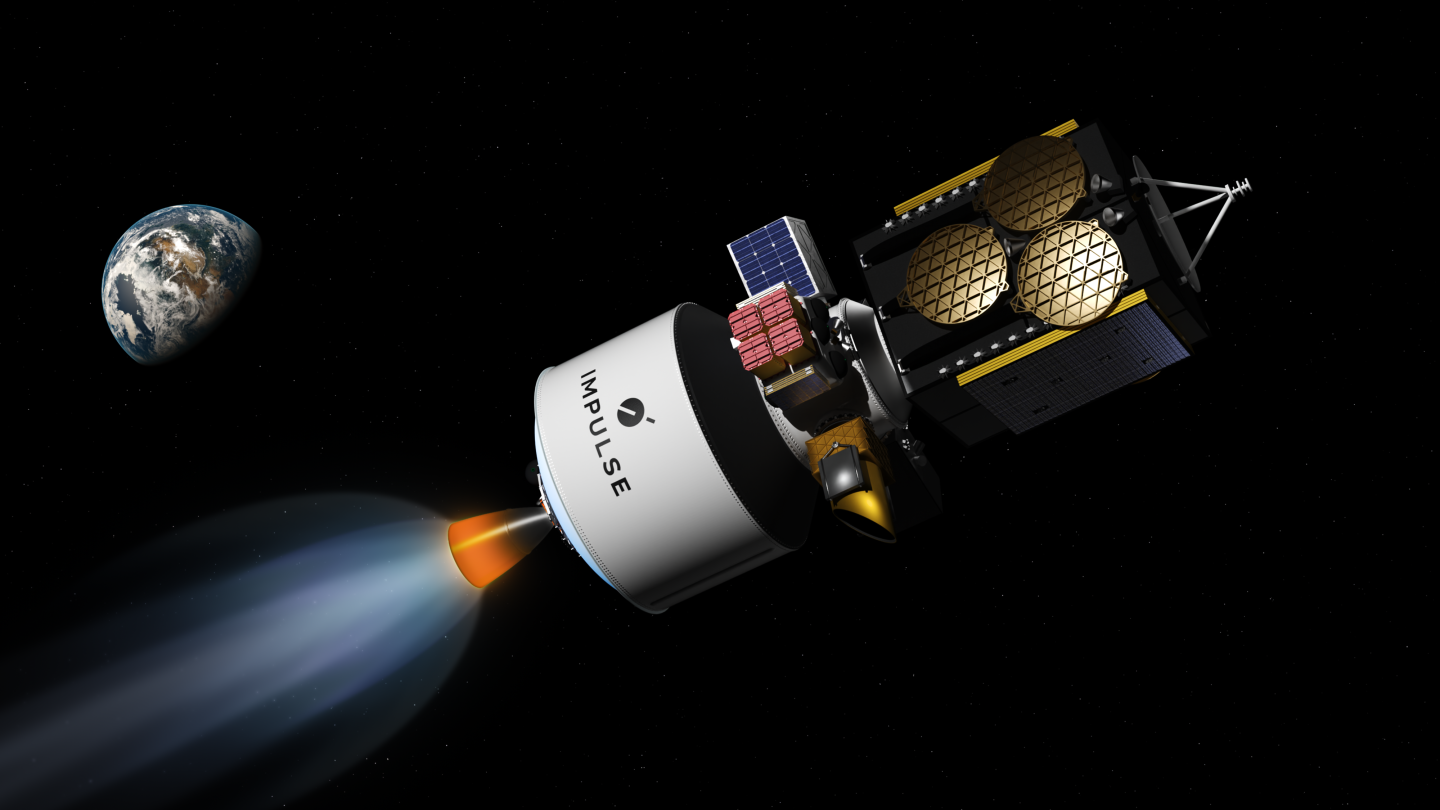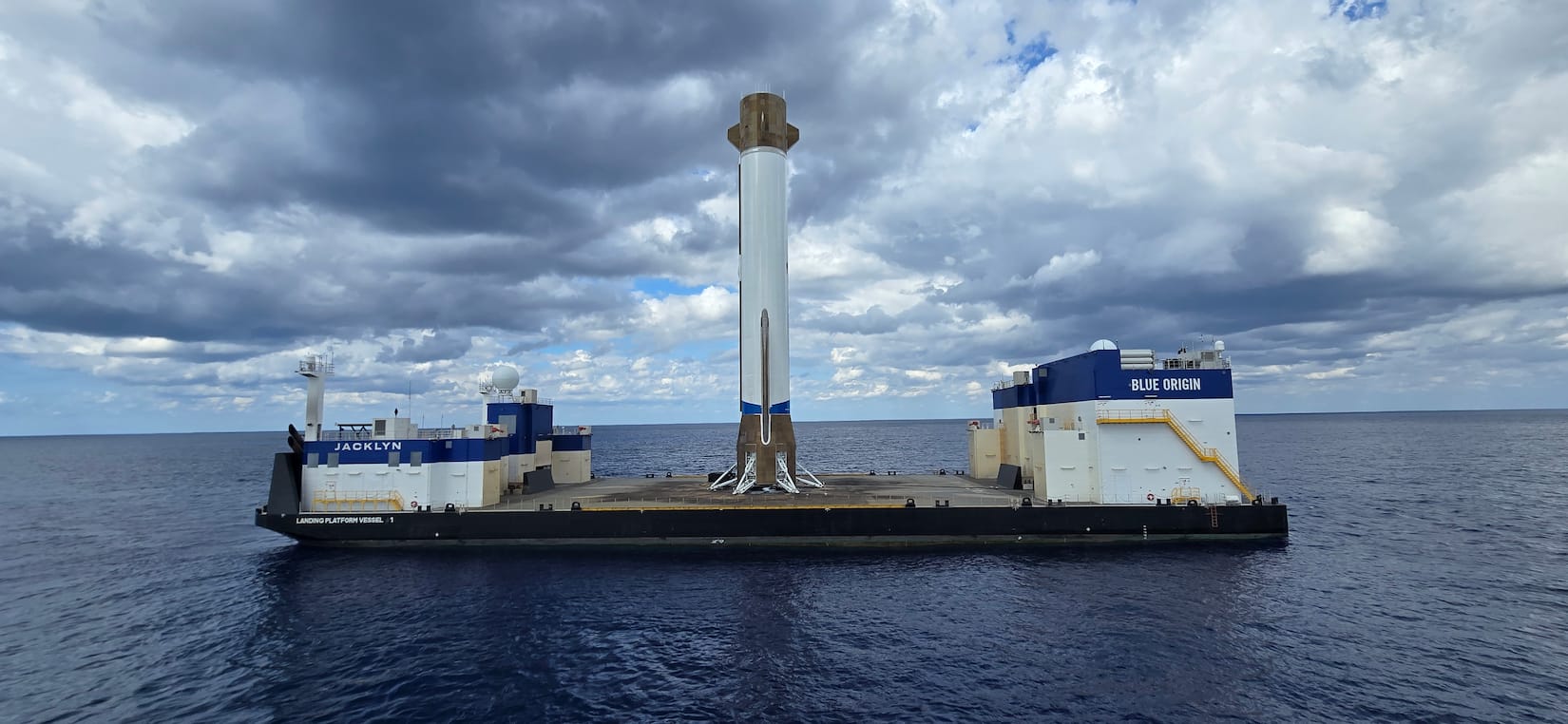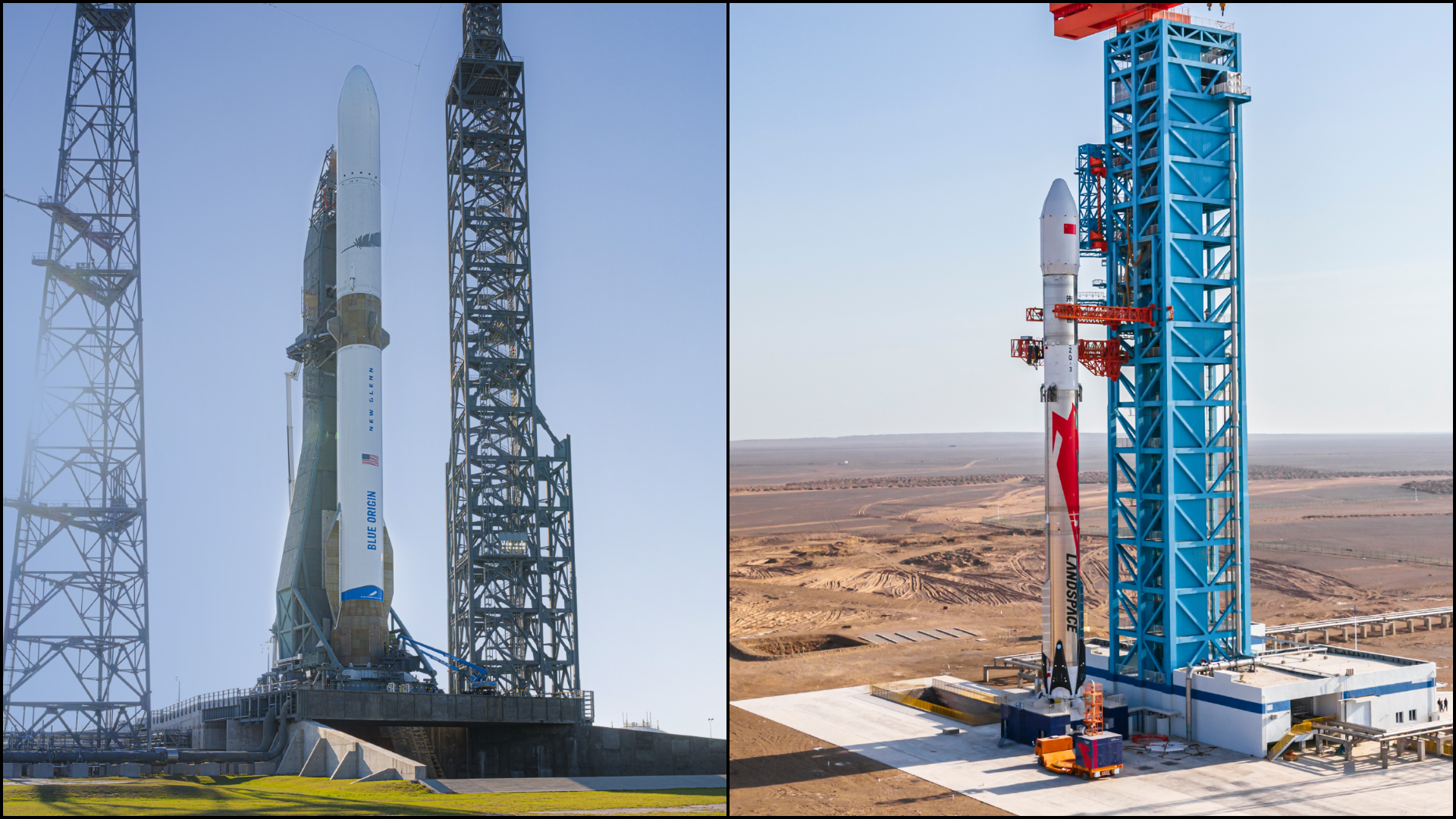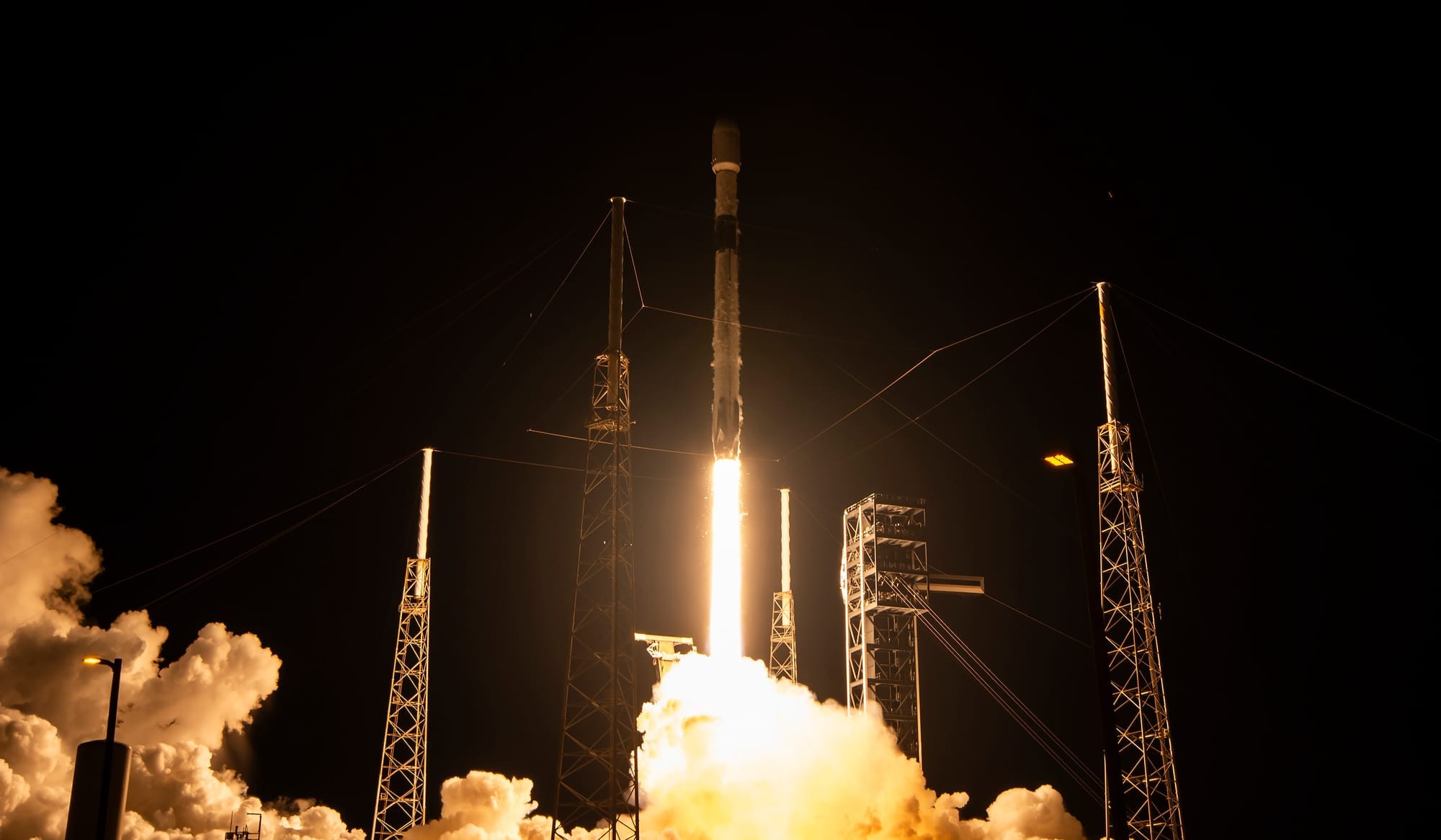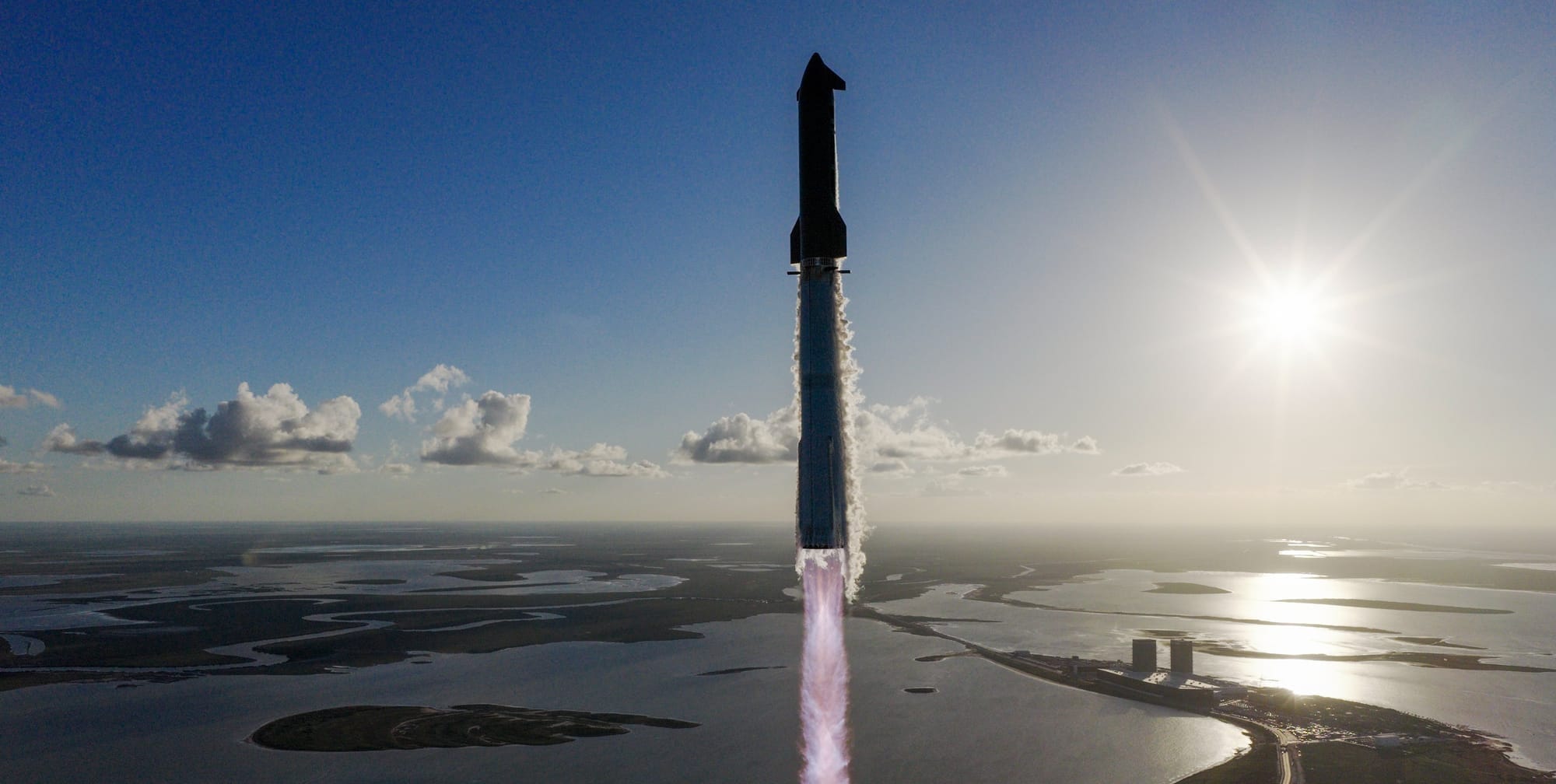Table of Contents
While still in development, Impsule Space's methane upper-stage is already securing key contracts.
Impulse Space and Astranis announced on September 15th that they had signed a contract to launch atop a Falcon 9 in 2027, to send the Helios upper-stage into low Earth orbit, where it will then fly to geostationary orbit carrying a few approximately 400-kilogram MicroGEO communication satellites. Through using Helios, the MicroGEO satellites will be near their intended orbit within a day, rather than several months.
John Gedmark, Chief Executive Officer of Astranis, spoke on the advantages of flying via Helios, stating:
"We selected Impulse’s Helios vehicle for this mission because it offers a faster, more reliable, and more cost-effective way for us to get our satellites operational and delivering service to customers," – "Demonstrating new methods of rapidly deploying satellites to geostationary orbit is important for both our government and commercial customers, and Impulse is the perfect partner for us in this effort."
Eric Romo, Chief Operating Officer at Impulse Space, boasted about Helios' capabilities, adding:
"This is exactly the type of mission that Helios is designed for," – "By providing rapid transport to higher energy orbits, we help operators like Astranis to begin delivering on their mission promise sooner."
Meanwhile, on September 16th, military contractor Anduril Industries provided an update on its near-geostationary space rendezvous and proximity operations mission, flying on Impluse Space's Mira spacecraft, boosted to its target orbit by Helios. That mission, slated for 2026, will be built upon Mira and include an internally developed long-wave infrared imager for inspecting spacecraft in nearby orbits.
Stated goals for the mission are to achieve long-wave acquisition tracking and relatively high-precision navigation for close-range rendezvous and proximity operations. Through distant and up-close monitoring, images will be captured of targeted spacecraft for in-space processing and later analysis on the ground (using Andruil's software).
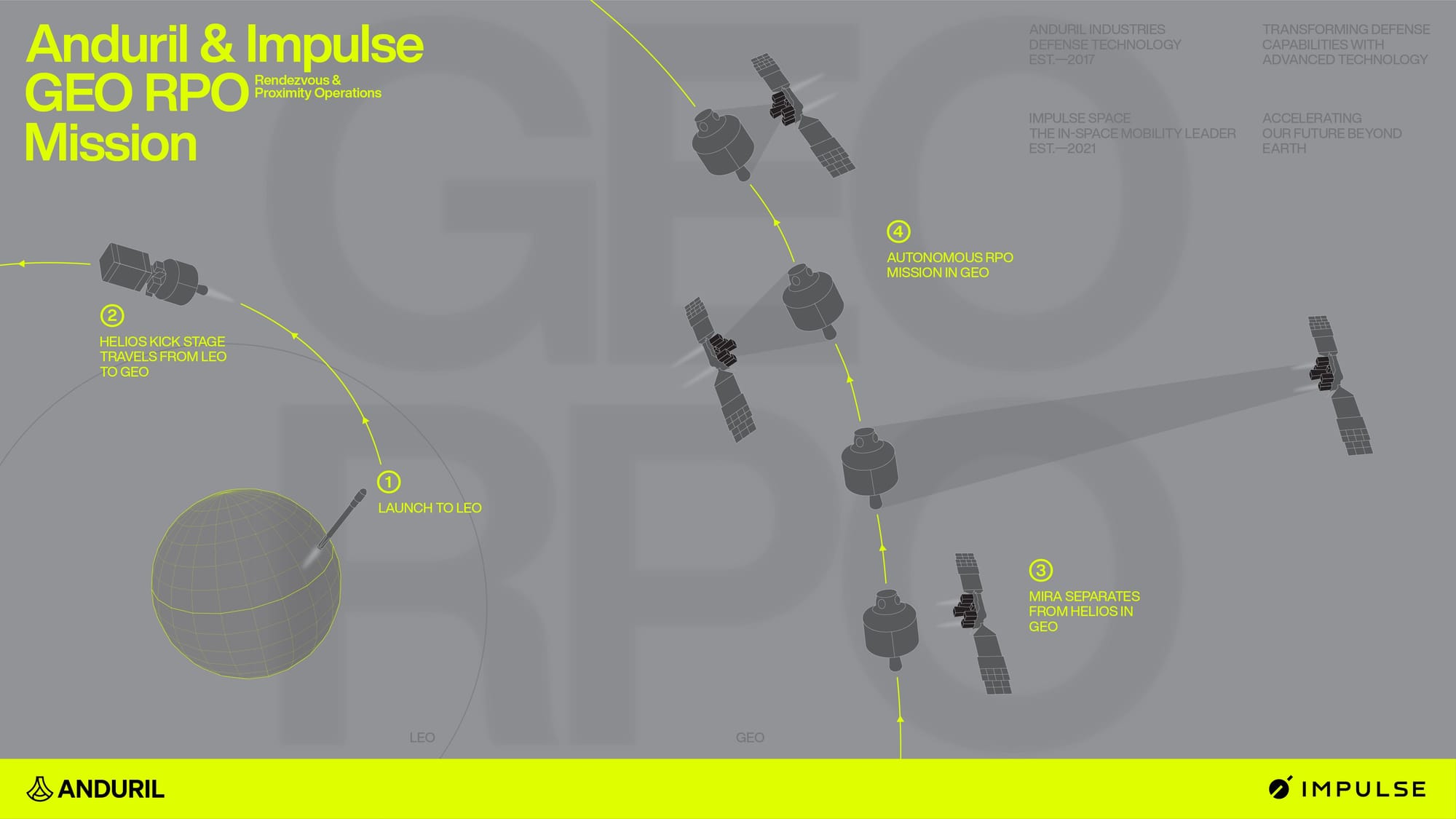
At the moment, Helios is yet to fly on its debut mission set for 2026, carrying various spacecraft into geostationary space while demonstrating its liquid methane and liquid oxygen propulsion system.
Impulse Space is developing Helios to bring at least 4,000 kilograms into geostationary orbit, or up to 7,500 kilograms on a lunar transfer trajectory, while launching on most American rockets. The 4.5-meter-wide, 6.5-meter-tall upper-stage is set to be powered by a single restartable Deneb engine generating 6.8 tons of thrust through an oxidizer-rich stage combustion cycle.

